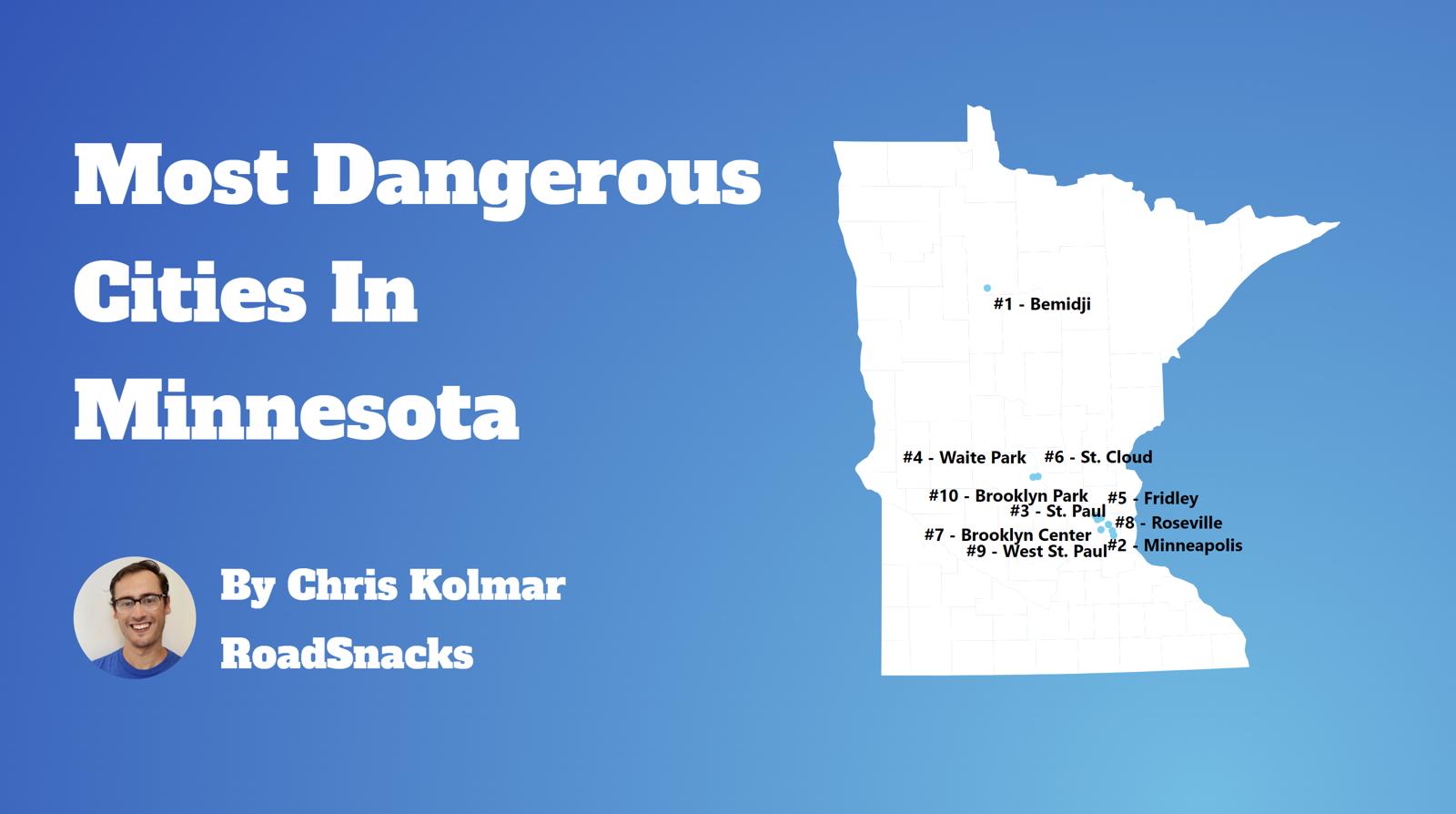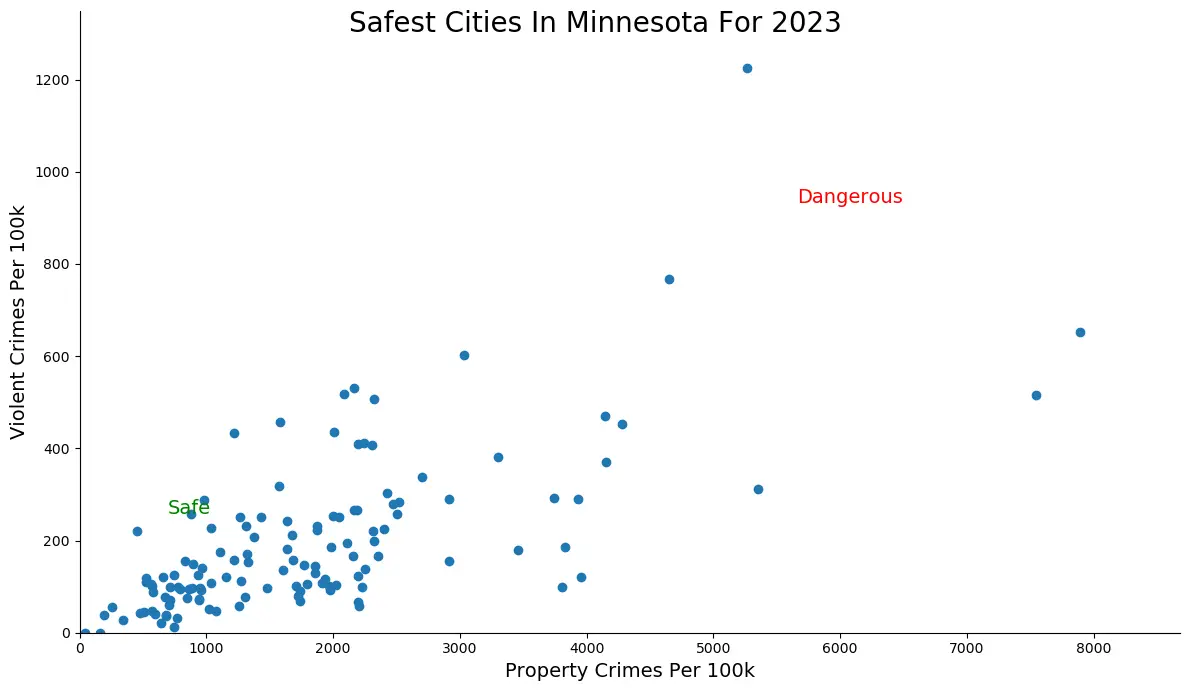Most dangerous cities in Minnesota research summary. We analyzed the most recent FBI crime data using Saturday Night Science to determine the most dangerous cities in Minnesota.
We examined the violent and property crime per capita statistics for every place with over 5,000 residents. In total, we analyzed 127 Minnesota cities. Here are the results of our analysis:
-
The most dangerous city in Minnesota is Bemidji based on the most recent FBI crime data.
-
The violent crime rate in Minnesota is 652 per 100k people.
-
The property crime rate in Minnesota is 7,893 per 100k people.
-
The safest city in Minnesota is Montevideo.
-
Minnesota is the 3most dangerous state in the United States.
Table Of Contents: Top Ten | Table | Methodology | FAQs | References
Water is the world’s 3rd leading cause of injury or death, and Minnesota is The Land of 10,000 Lakes. But, there is something more dangerous than lakes in this Midwest State.
Minnesota has super dangerous cities.
We used Saturday Night Science to compare the FBI’s latest crime report for violent crime and property crime statistics for 127 cities with over 5,000 residents in Minnesota. While Minnesota might not be one of the top ten most dangerous states in the country, the state’s most dangerous places do need some work.
So grab a Juicy Lucy and look at the list below before making any life-changing decisions.
The Most Dangerous Cities In Minnesota For 2024
What’s the most dangerous city in Minnesota? The most dangerous city in Minnesota is Bemidji.
There are about 185 police officers per 100,000 residents in Minnesota, but they can’t be everywhere. So, smaller Minnesota cities like Bemidji and Brainerd are starting to suffer the consequences.
For more Minnesota reading, check out:
- Most dangerous cities in the US
- Best Places To Live In Minnesota
- Cheapest Places To Live In Minnesota
- Best Places To Raise A Family In Minnesota
The 10 Most Dangerous Places To Live In Minnesota For 2024
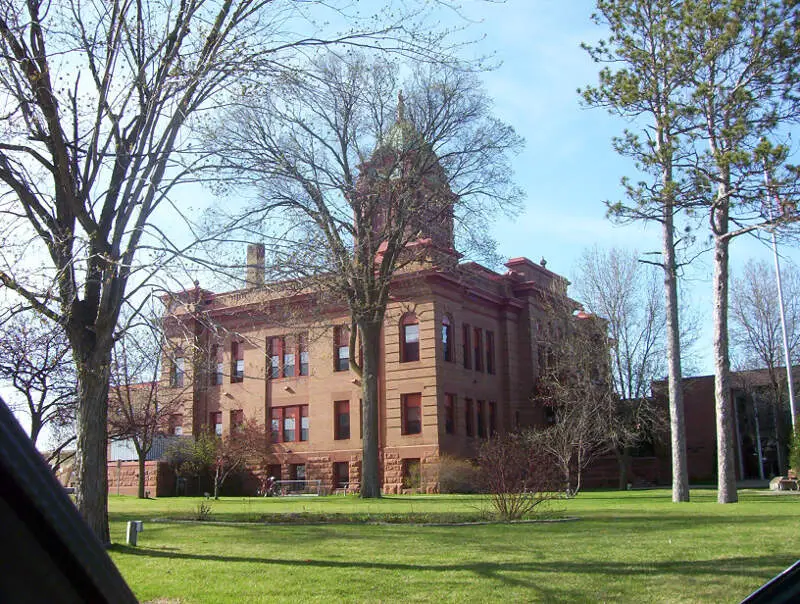
/10
Population: 15,317
Violent Crimes Per 100k: 652 (Third most dangerous)
Property Crimes Per 100k: 7,893 (Most dangerous)
Murders: 0
More on Bemidji: Data | Crime | Cost Of Living
The home of Paul Bunyan and Babe the Blue Ox, Bemidji gained some fame for being the location of Netflix’s Fargo.
It turns out, the crime dramedy actually let Bemidji off easy when it comes to crime rates, seeing as the real city ranks as the most dangerous in Minnesota. Folks in Bemidji had a 1 in 12 chance of being the victim of a property crime over 2022, so watch your wallet, or you’ll be saying “oh, jeez” before you know it.
On top of that, Bemidji had the third highest violent crime rate in Minnesota, with an aggravated assault going down more than once a week, on average.
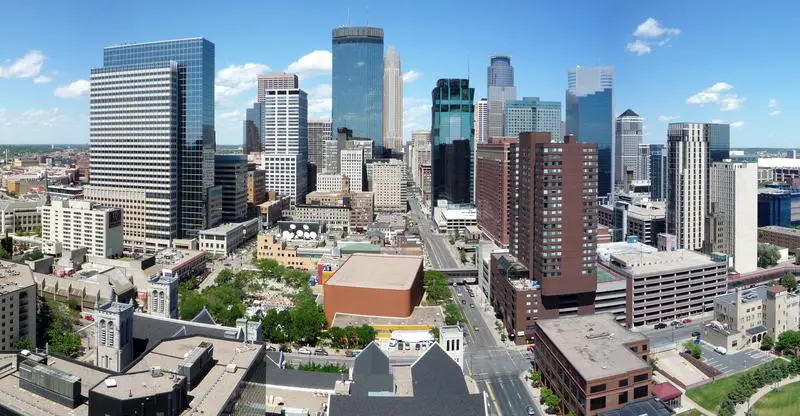
/10
Population: 421,690
Violent Crimes Per 100k: 1,226 (Most dangerous)
Property Crimes Per 100k: 5,262 (Fourth most dangerous)
Murders: 79
More on Minneapolis: Data | Crime | Cost Of Living
When it comes to the Twin Cities, Minneapolis comes in as the naughtier sibling. Take our advice and buddy up in the City of Lakes, because, with an average of almost one murder a week, Minneapolis has the highest murder rate in Minnesota.
On top of that, Minneapolis had the 11th highest rate of rape cases in the state. Overall, residents had a 1 in 81 shot of being the victim of a violent crime.
Even your home is unsafe in Minneapolis, considering the city had the highest burglary rate statewide.
Still, if you stick to one of Minneapolis’s safest neighborhoods and use good judgment, you shouldn’t have to worry.
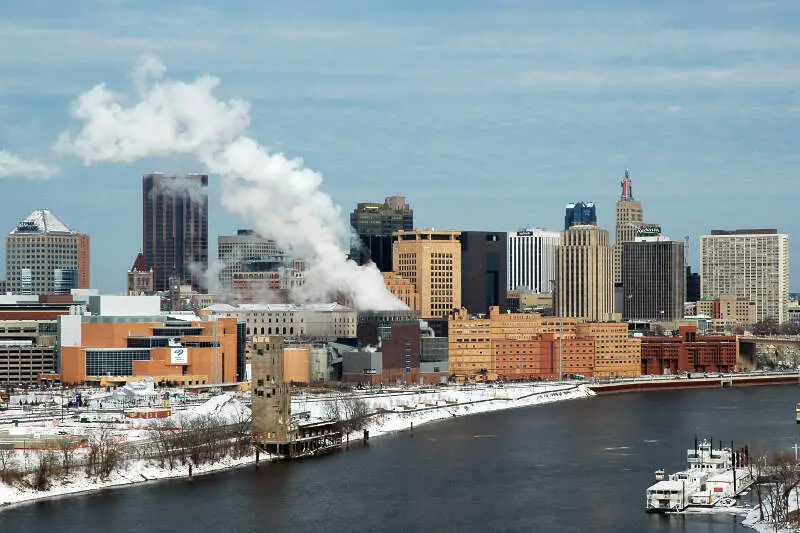
/10
Population: 277,533
Violent Crimes Per 100k: 766 (Second most dangerous)
Property Crimes Per 100k: 4,648 (Fifth most dangerous)
Murders: 34
More on St. Paul: Data | Crime | Cost Of Living
Like its Twin City, St. Paul is a victim of simply being a big city. Hey, when you have loads of fun neighborhoods and great things to do, more people are going to wander through and inflate your crime numbers.
Still, Minnesota’s capital city has come crime numbers that are hard to ignore. Like residents having a 1 in 130 chance of being the victim of a violent crime over a year. Or about two murders a month going down, which works out to the fifth highest murder rate in Minnesota.
And while property crime isn’t too bad in St. Paul, it still has higher rates of car theft and arson than Minneapolis, with 3,189 stolen cars and 196 arson cases recorded in 2022.
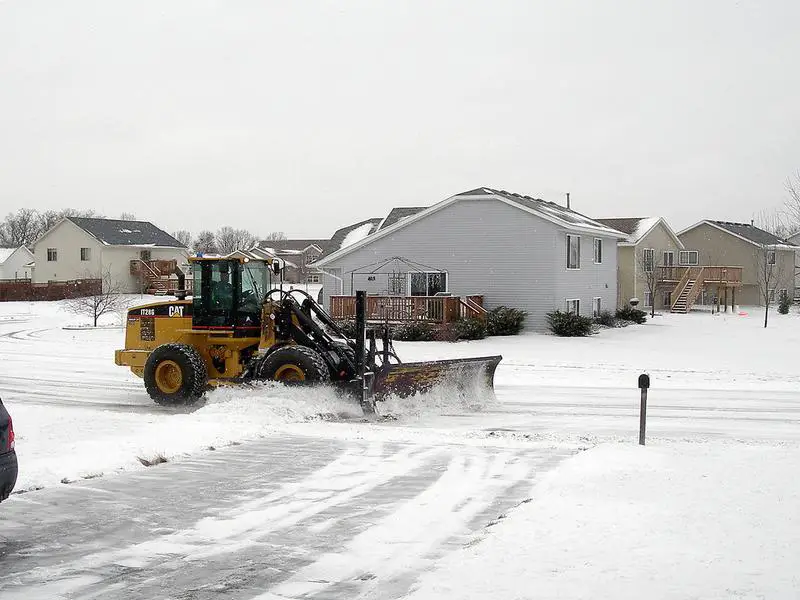
/10
Population: 8,349
Violent Crimes Per 100k: 515 (Seventh most dangerous)
Property Crimes Per 100k: 7,545 (Second most dangerous)
Murders: 0
More on Waite Park: Data | Crime | Cost Of Living
Even though Waite Park only occupies the #4 position on this list, it has the second highest overall crime rate in Minnesota, outstripping the national average by 300%.
How’d that happen? Well, Waite Park has the second highest property crime rate by a significant margin. On average, two cars a month are stolen in Waite Park — quite often for a city of just 8,349.
On the bright side, most of the other property crimes are just larcenies, which makes sense for a spot with so much retail. Still, we didn’t rank it among the worst places to live in Minnesota for no reason.
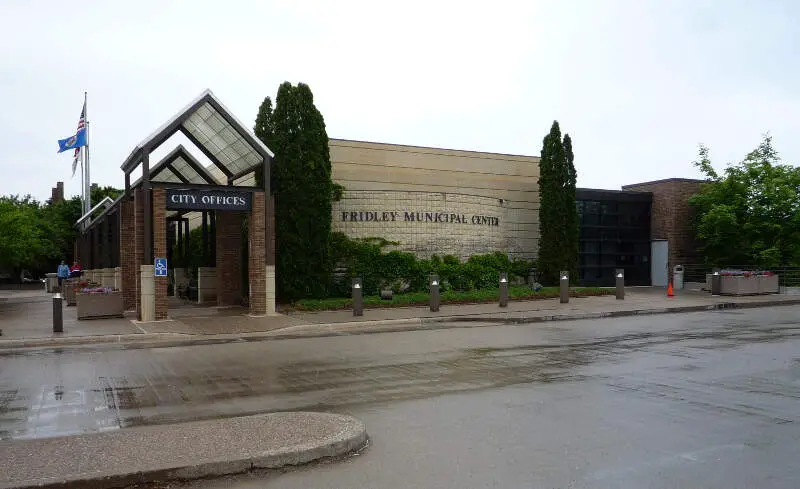
/10
Population: 31,095
Violent Crimes Per 100k: 469 (Ninth most dangerous)
Property Crimes Per 100k: 4,145 (Eighth most dangerous)
Murders: 1
More on Fridley: Data | Crime | Cost Of Living
Here’s another Minneapolis suburb that makes this list. Fridley sits just north of the big city. The community is built along the Mississippi River, which gives it some charming features, like parks by the water. This being Minnesota, Land of 10,000 Lakes, you’ll find a lake in town too — Moore Lake.
Just don’t go strolling by the river late at night. Robberies represent a real problem in the community, with 28 such crimes in a population of 31,095. The rates for car thefts and larcenies are also high.
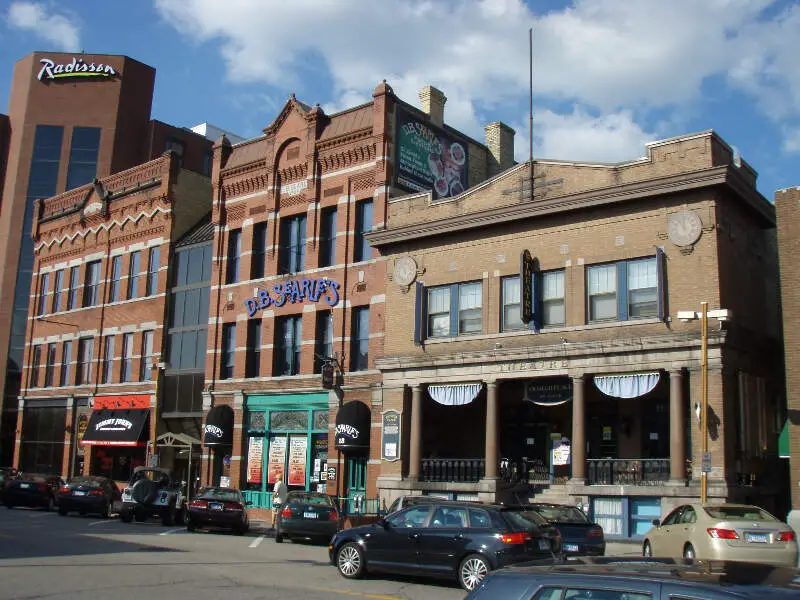
/10
Population: 68,925
Violent Crimes Per 100k: 452 (11th most dangerous)
Property Crimes Per 100k: 4,278 (Sixth most dangerous)
Murders: 2
More on St. Cloud: Data | Crime | Cost Of Living
The largest population center in central Minnesota, St. Cloud has gone up 2 places on this list since last year, so things are looking up. Unfortunately, it’s still one of the poorest cities in Minnesota, so the root causes of criminal activity persist.
You might need to stop by at one of St. Clouds peaceful gardens to catch your breath, what with all the violent crime going down.
St. Cloud had the 18th highest rate of rape cases in Minnesota for 2022. Overall, residents had a 1 in 220 shot of being violently attacked.
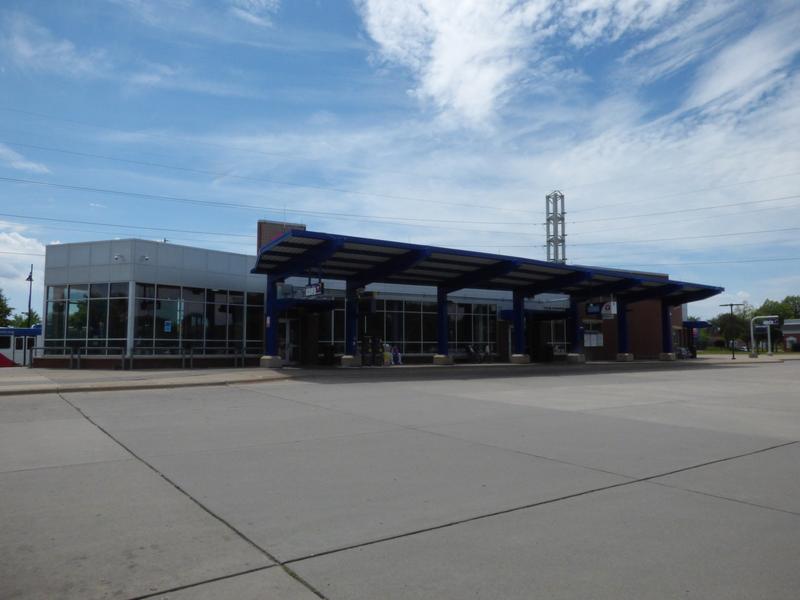
/10
Population: 32,094
Violent Crimes Per 100k: 601 (Fourth most dangerous)
Property Crimes Per 100k: 3,031 (16th most dangerous)
Murders: 1
More on Brooklyn Center: Data | Crime | Cost Of Living
So the other Brooklyn is just across the bridge from Manhattan — one of the most iconic urban areas in the country. Brooklyn Center sits just north of Minneapolis. Sure, that’s the largest metro area in Minnesota… but not quite the same thing.
Still, this suburb has its charms, from golf courses to parks along the Mississippi River. However, it also has its drawbacks. And, no, we aren’t talking about the arctic winters. Rather, Brooklyn Center has a high crime rate. This includes 191 car thefts and 68 robberies in a population of 32,094 people.
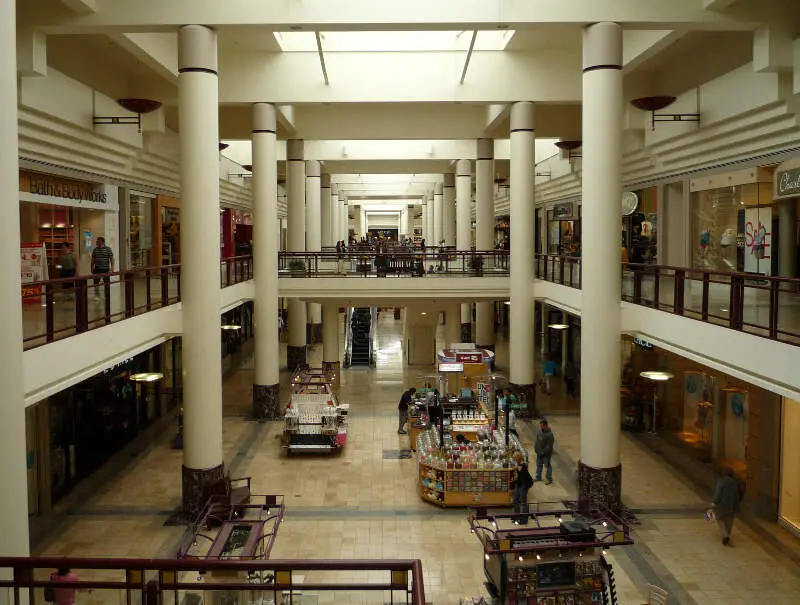
/10
Population: 42,031
Violent Crimes Per 100k: 311 (21st most dangerous)
Property Crimes Per 100k: 5,350 (Third most dangerous)
Murders: 1
More on Roseville: Data | Crime | Cost Of Living
Poor Minneapolis. The area surrounding the city dominates this list. Here, yet again, sits another of the state’s most dangerous areas.
Roseville lies to the northeast of the city center, about 15 minutes from downtown. The community itself began building up in the 1940s and saw massive growth in the 1950s and 1960s. Lately, the area’s history has become more troubled. Violence remains relatively rare, but property crime rates have reached epidemic proportions. This includes 173 burglaries and 54 robberies in a population of 42,031. Roseville suffers a large number of car thefts as well.
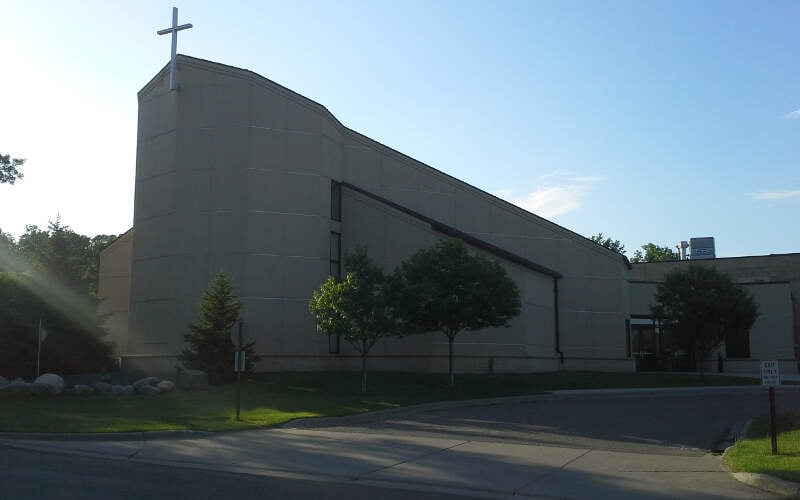
/10
Population: 21,113
Violent Crimes Per 100k: 369 (18th most dangerous)
Property Crimes Per 100k: 4,153 (Seventh most dangerous)
Murders: 0
More on West St. Paul: Data | Crime | Cost Of Living
Located just south of St. Paul, West Paul is a city of 21,113 jammed into five square miles. So it kind of makes sense that West St. Paul had the seventh highest property crime rate, with residents facing a 1 in 24 chance of having their stuff stolen or damaged.
Violent crime wasn’t so bad in West St. Paul, overall. However, the city did have the 78th highest murder rate. So don’t stay out late at St. Clair Park by yourself.
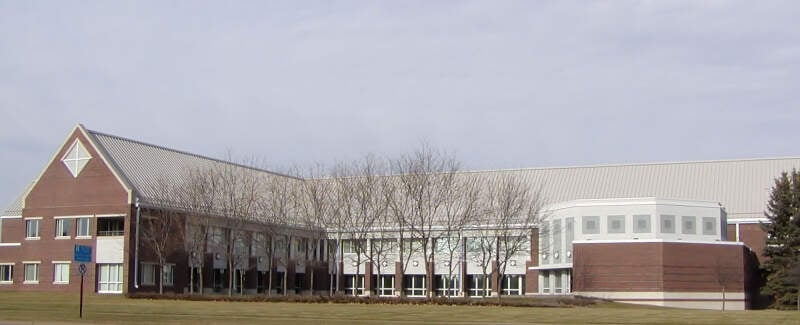
/10
Population: 82,682
Violent Crimes Per 100k: 380 (17th most dangerous)
Property Crimes Per 100k: 3,298 (15th most dangerous)
Murders: 2
More on Brooklyn Park: Data | Crime | Cost Of Living
Brooklyn Park, a suburban city in Hennepin County, Minnesota, has earned a reputation as one of the state’s most dangerous places to live. With a population of 82,682, Brooklyn Park has experienced a concerning level of crime in recent years. The city recorded 315 violent crimes, including 2 murders, 60 rapes, 78 robberies, and 175 aggravated assaults in 2024.
These crime statistics paint a troubling picture of safety in Brooklyn Park. The high incidence of violent crime per capita, which stands at 380/100k, contributes to its ranking as the 17th most dangerous place to live in the state.
Crime By City In Minnesota
| Rank | City | Population | Total Crimes Per 100K | Violent Crimes Per 100K | Property Crimes Per 100K | Murders |
|---|---|---|---|---|---|---|
| 1 | Bemidji | 15,317 | 8,546 | 652 | 7,893 | 0 |
| 2 | Minneapolis | 421,690 | 6,488 | 1,226 | 5,262 | 79 |
| 3 | St. Paul | 277,533 | 5,414 | 766 | 4,648 | 34 |
| 4 | Waite Park | 8,349 | 8,060 | 515 | 7,545 | 0 |
| 5 | Fridley | 31,095 | 4,614 | 469 | 4,145 | 1 |
| 6 | St. Cloud | 68,925 | 4,731 | 452 | 4,278 | 2 |
| 7 | Brooklyn Center | 32,094 | 3,633 | 601 | 3,031 | 1 |
| 8 | Roseville | 42,031 | 5,662 | 311 | 5,350 | 1 |
| 9 | West St. Paul | 21,113 | 4,523 | 369 | 4,153 | 0 |
| 10 | Brooklyn Park | 82,682 | 3,679 | 380 | 3,298 | 2 |
| 11 | Maplewood | 47,144 | 4,225 | 290 | 3,934 | 2 |
| 12 | Brainerd | 14,398 | 2,826 | 507 | 2,319 | 0 |
| 13 | Bloomington | 88,745 | 4,034 | 291 | 3,742 | 2 |
| 14 | Richfield | 36,079 | 3,035 | 338 | 2,696 | 1 |
| 15 | Duluth | 86,144 | 3,201 | 289 | 2,912 | 6 |
| 16 | Virginia | 8,276 | 2,694 | 531 | 2,162 | 0 |
| 17 | South St. Paul | 20,337 | 2,714 | 408 | 2,306 | 0 |
| 18 | Crystal | 22,175 | 2,723 | 302 | 2,421 | 1 |
| 19 | Moorhead | 44,859 | 2,654 | 412 | 2,242 | 1 |
| 20 | Red Wing | 16,962 | 2,800 | 282 | 2,517 | 0 |
| 21 | Robbinsdale | 13,907 | 2,603 | 517 | 2,085 | 2 |
| 22 | Columbia Heights | 22,682 | 2,605 | 410 | 2,195 | 0 |
| 23 | Burnsville | 63,361 | 2,752 | 279 | 2,473 | 1 |
| 24 | Mankato | 44,925 | 2,762 | 258 | 2,504 | 0 |
| 25 | Willmar | 21,097 | 2,441 | 436 | 2,005 | 0 |
| 26 | Hermantown | 10,218 | 4,012 | 185 | 3,826 | 0 |
| 27 | New Hope | 20,877 | 2,629 | 225 | 2,404 | 0 |
| 28 | Detroit Lakes | 9,771 | 2,456 | 266 | 2,190 | 0 |
| 29 | St. Louis Park | 48,311 | 3,638 | 180 | 3,458 | 0 |
| 30 | Spring Lake Park | 7,163 | 2,429 | 265 | 2,163 | 0 |
| 31 | Fergus Falls | 14,017 | 2,532 | 221 | 2,311 | 0 |
| 32 | Hopkins | 18,125 | 2,521 | 198 | 2,322 | 0 |
| 33 | Oakdale | 27,681 | 3,070 | 155 | 2,915 | 0 |
| 34 | Crookston | 7,214 | 2,037 | 457 | 1,580 | 0 |
| 35 | Austin | 26,275 | 2,298 | 251 | 2,047 | 0 |
| 36 | Faribault | 24,417 | 2,248 | 253 | 1,994 | 0 |
| 37 | Winona | 25,936 | 2,517 | 165 | 2,351 | 0 |
| 38 | St. Anthony | 11,568 | 4,080 | 121 | 3,959 | 0 |
| 39 | International Falls | 5,657 | 1,891 | 318 | 1,573 | 0 |
| 40 | Inver Grove Heights | 35,294 | 2,300 | 195 | 2,105 | 1 |
| 41 | Redwood Falls | 5,090 | 1,650 | 432 | 1,218 | 0 |
| 42 | Coon Rapids | 63,181 | 2,100 | 231 | 1,869 | 2 |
| 43 | Rochester | 121,534 | 2,095 | 222 | 1,872 | 1 |
| 44 | Wayzata | 5,986 | 2,322 | 167 | 2,155 | 0 |
| 45 | Golden Valley | 21,424 | 2,165 | 186 | 1,979 | 0 |
| 46 | Eagan | 68,518 | 2,389 | 138 | 2,250 | 0 |
| 47 | Cambridge | 10,137 | 3,906 | 98 | 3,807 | 0 |
| 48 | Apple Valley | 55,145 | 1,878 | 242 | 1,635 | 1 |
| 49 | Cloquet | 12,747 | 1,678 | 251 | 1,427 | 0 |
| 50 | Sartell | 19,607 | 2,315 | 122 | 2,193 | 0 |
Methodology: How we determined the most dangerous cities in Minnesota for 2024?
Every year the FBI release two crime datasets on cities in Minnesota. First a preliminary dataset limited to the biggest cities in Minnesota, followed by a more detailed release at the end of the year.
For our analysis, we focused on the 2022 data, specifically the 2022 Crime In The United States Report for Minnesota.
So what criteria did we use? Have a look:
- Violent Crimes Per Capita
- Property Crimes Per Capita
In order to make the analysis as apples to apples as possible, we only considered Minnesota cities over 5,000 in population. That left us with 127 cities in Minnesota.
We then ranked each city from 1 to 127 for the two criteria with a #1 ranking being the most dangerous for the particular criteria.
Next, we averaged the two rankings into one “Dangerous Index”.
Finally, we ranked every city on the “Dangerous Index” with the lowest index being the most dangerous in Minnesota — Bemidji. Any ties went to the smaller city.
This article is an opinion based on facts and is meant as infotainment. It is our tenth time ranking the most dangerous places to live in Minnesota and is updated for 2024.
Most Dangerous Places To Live In Minnesota FAQs
No, Minnesota is not a dangerous state as it ranks as the #19 safest state in the United States based on our analysis of the latest FBI Crime Data. The violent crime rate in Minnesota ranks 38th most dangerous in the United States — 24.96% better than US average violent crime rate. The property crime rate in the North Star State ranks 20th most dangerous in the United States — 8.72% worse than US average property crime rate. The latest reporting year from the FBI was 2022.
Yes, Minneapolis is a dangerous city. Minneapolis ranks as the #14 most dangerous out of 328 major cities over 100,000 people in the United States based on our analysis of the latest FBI Crime Data. Keep in mind that are always safe and dangerous parts of any city, so even though Minneapolis might be considered dangerous you still need to be aware of where you are. For example, Linden Hills is the safest in Minneapolis, while Hawthorne is considered dangerous by many based on recent crime stats.
Compared to other big cities, the violent crime rate in Minneapolis ranks 19th highest in America — 121.5% worse than US average violent crime rate. The property crime rate in the ranks 19th highest in the United States — 92.85% worse than US average property crime rate. Note the latest reporting year from the FBI was 2022 and that no city in America is ‘dangerous’. Despite the uptick in murders, it’s nothing like you’d see in Tijuana or Caracas where the murder rate is 2x any American city.
Graphing The Most Dangerous And Safest Places In Minnesota
Summary: Locking It All Up In Minnesota
So what is the most dangerous city in Minnesota? After analyzing 127 cities in Minnesota, Bemidji takes the top spot as the most dangerous city in Minnesota based on the most recently reported FBI data — 2022.
The latest FBI crime data shows that Bemidji ranks as the most dangerous city in Minnesota for 2024.
The most dangerous cities in Minnesota are .
We want to point out again that there’s still safes places in Bemidji and that this isn’t a comment on the people that live there. So please don’t beat us up.
What’s the most dangerous city in Minnesota? The most dangerous city in Minnesota is Bemidji.
There are about 185 police officers per 100,000 residents in Minnesota, but they can’t be everywhere. So, smaller Minnesota cities like Bemidji and Brainerd are starting to suffer the consequences.
Learn more about the safest places in Minnesota.
If you’re looking for something more national, check out the most dangerous cities in America or the most dangerous states in America.
Here are the safest cities in Minnesota:
- Rosemount (Pop. 27,503)
- South Lake Minnetonka (Pop. 12,391)
- Medina (Pop. 6,753)
- Dayton (Pop. 9,078)
- Big Lake (Pop. 12,625)
- St. Joseph (Pop. 6,937)
- La Crescent (Pop. 5,222)
- Corcoran (Pop. 7,295)
- New Ulm (Pop. 14,067)
- Montevideo (Pop. 5,180)
For more Minnesota reading, check out:
- Best Places To Live In Minnesota
- Cheapest Places To Live In Minnesota
- Best Places To Raise A Family In Minnesota
- Safest Places In Minnesota
- Worst Places To Live In Minnesota

